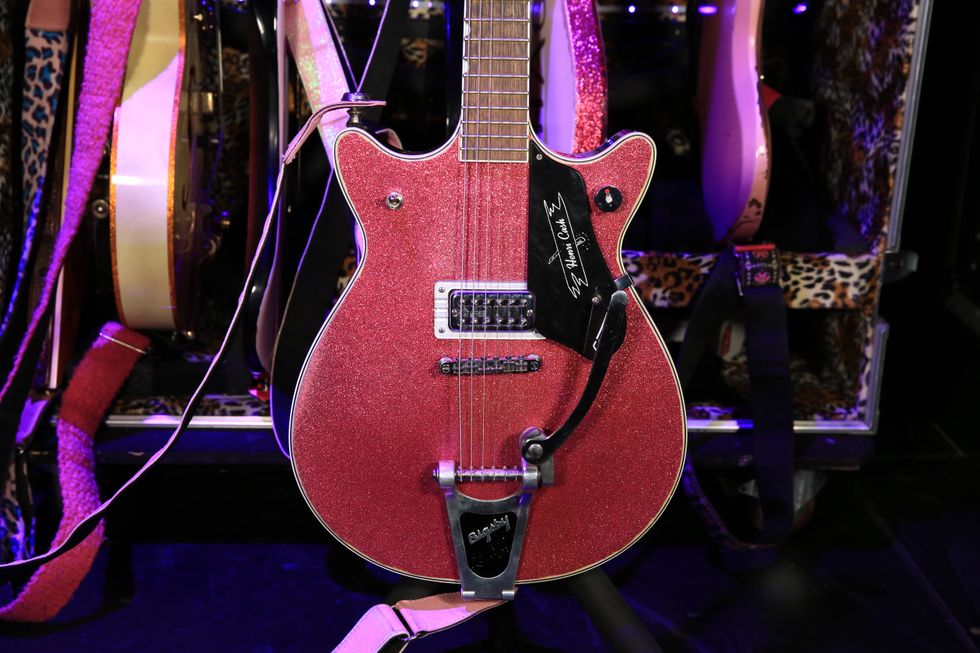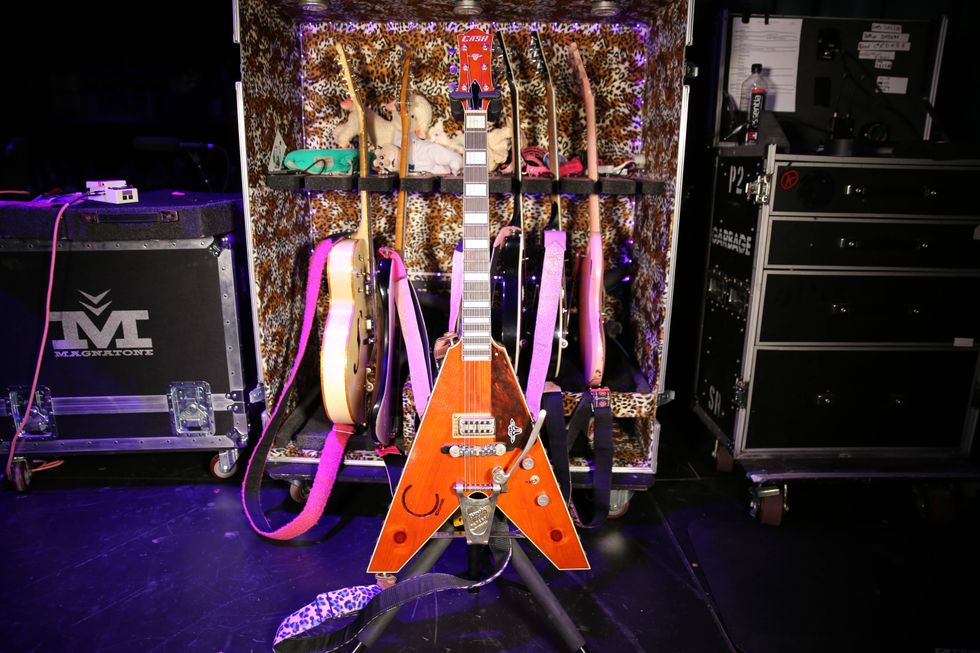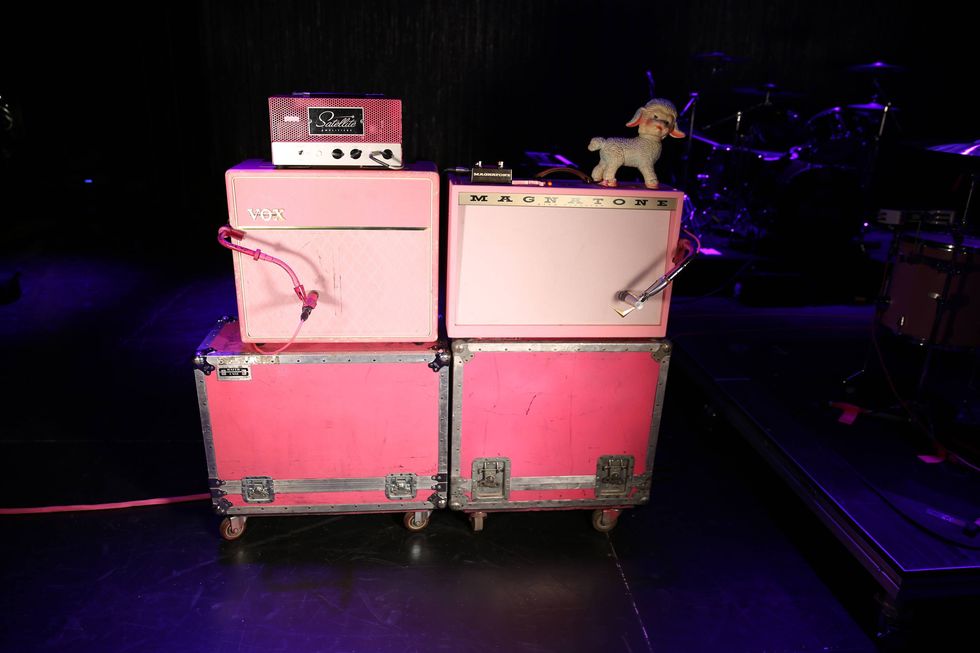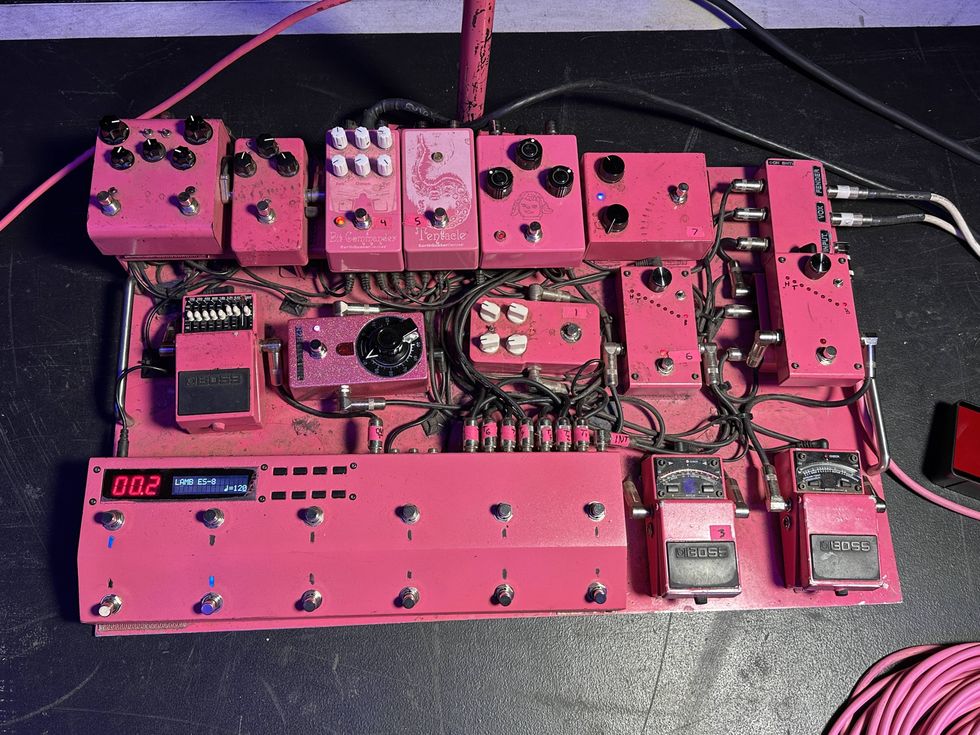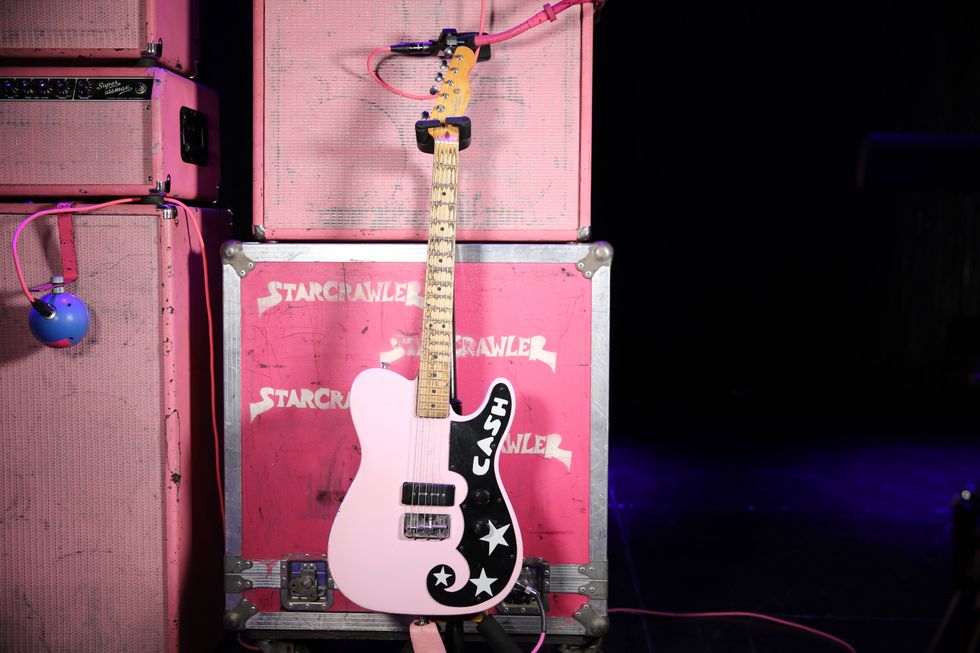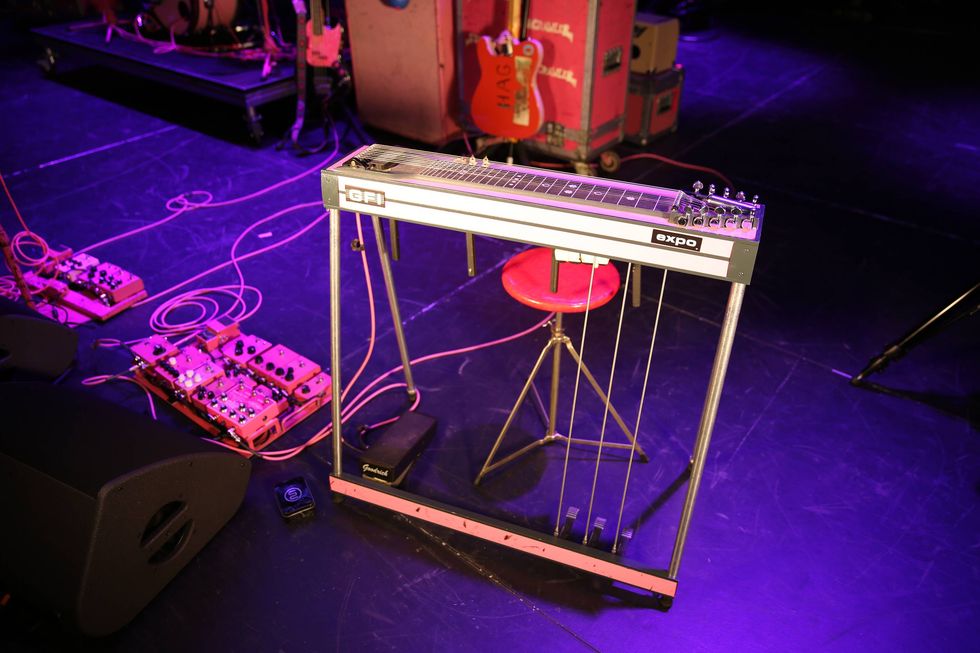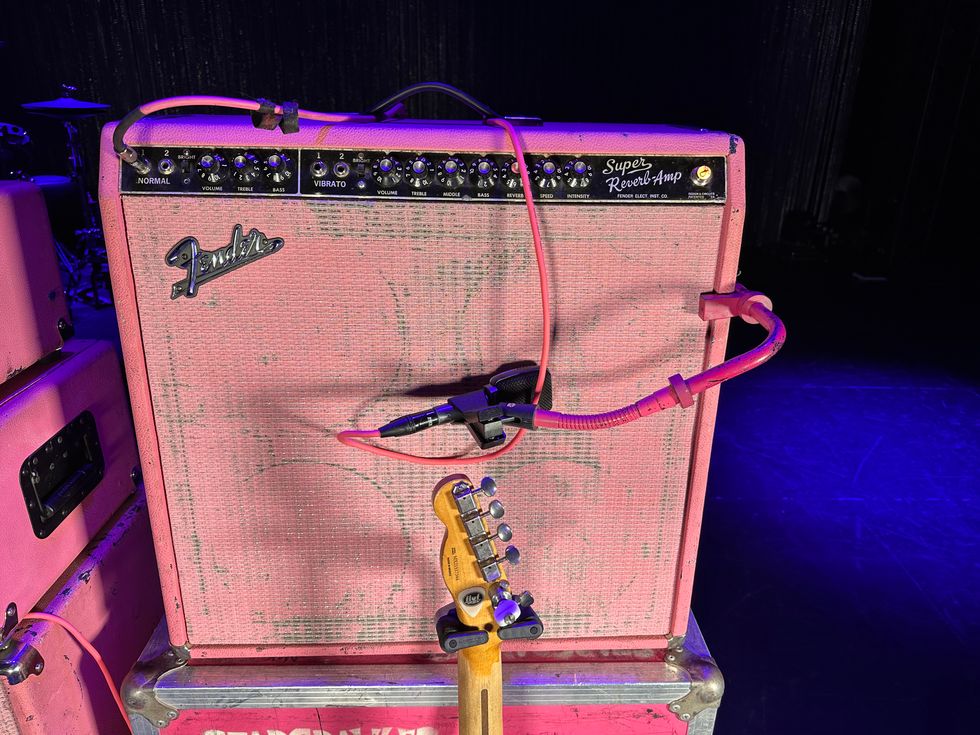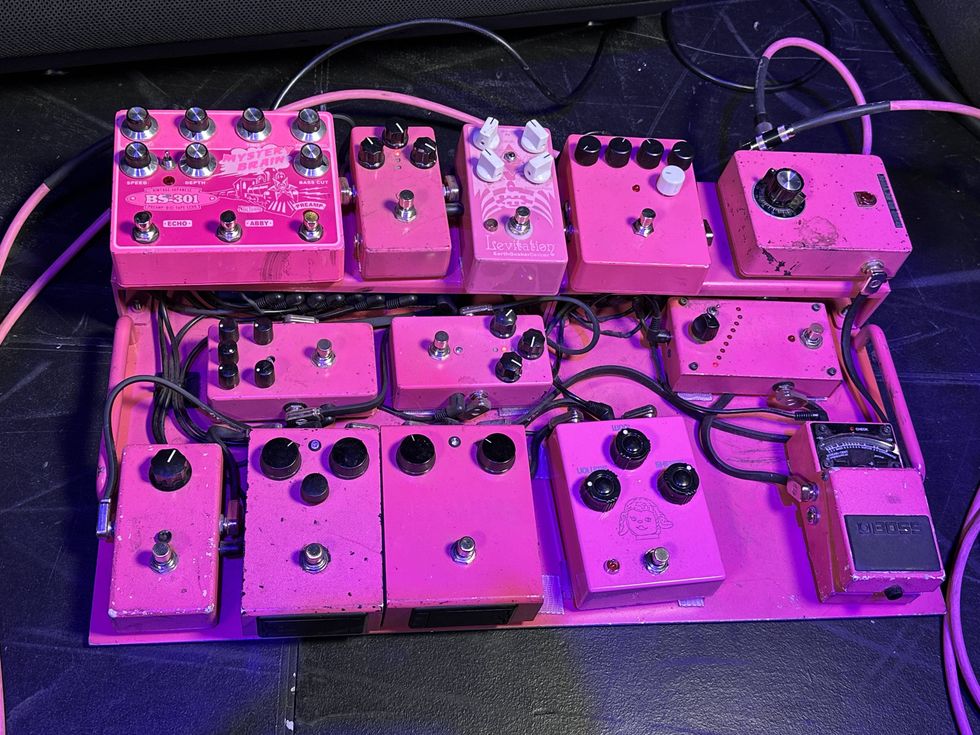Session secret weapon Rob McNelley demos his gotta-have-it studio gear.
Rob McNelley spends a lot of time at Sound Stage Studios in Nashville. When he says, “I live here,” he’s only half kidding. McNelley has recorded with country superstars like Carrie Underwood, Dierks Bentley, Miranda Lambert, Luke Bryan, Kenny Chesney, Eric Church, Luke Combs, and more, and he’s performed with Wynonna Judd, Delbert McClinton, Bob Seger, and Lee Ann Womack—and that’s on top of his own solo releases. He’s probably listened to his rig with headphones more than without.
McNelley ditches the headphones when PG’s John Bohlinger pays him a visit at Sound Stage for this Rig Rundown. Check out McNelley’s choice gear below.
Brought to you by D’Addario.A Golden Trade
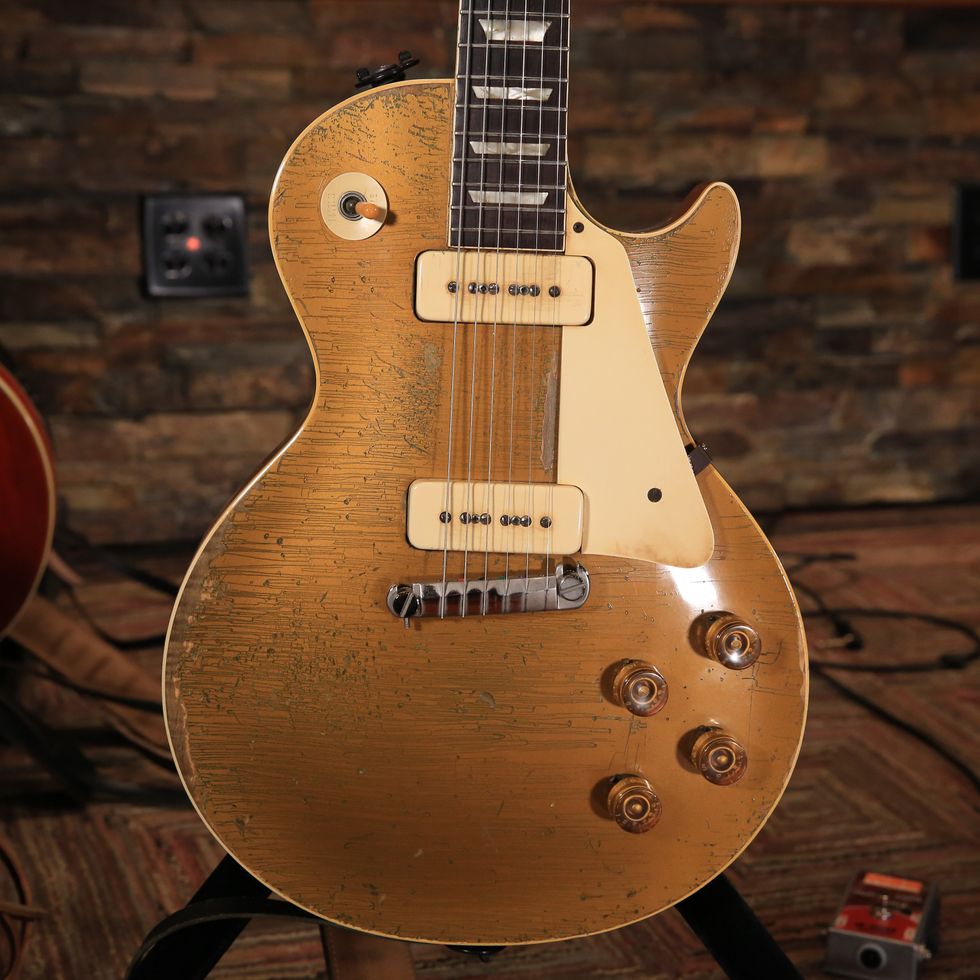
McNelley traded a 1962 Gibson SG to bassist Victor Krauss in return for this 1953 goldtop Les Paul—which did, admittedly, have a broken headstock at one point. In addition to the Music City bridge, which keeps great intonation and holds strings over their pole pieces, another novelty is the height of the tone and volume knobs, which stand taller than most stock knobs from the era. McNelley uses D’Addario .010s on this axe.
Ready for Petty
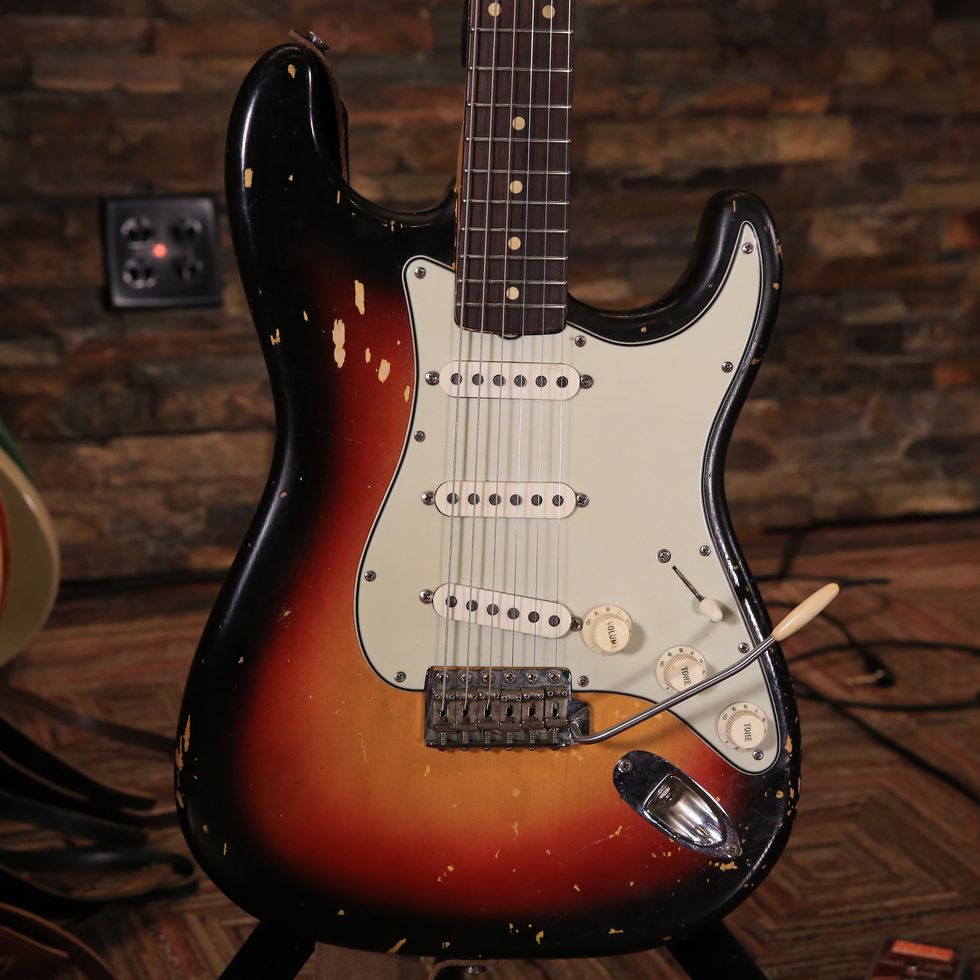
This pre-CBS 1963 Fender Stratocaster went out on the road with McNelley when he played with Bob Seger. Besides a refret, it’s totally stock and gives McNelley a perfect Tom Petty tone thanks to its unusually balanced bridge pickup. It takes D’Addario .011s.
Green Donkey
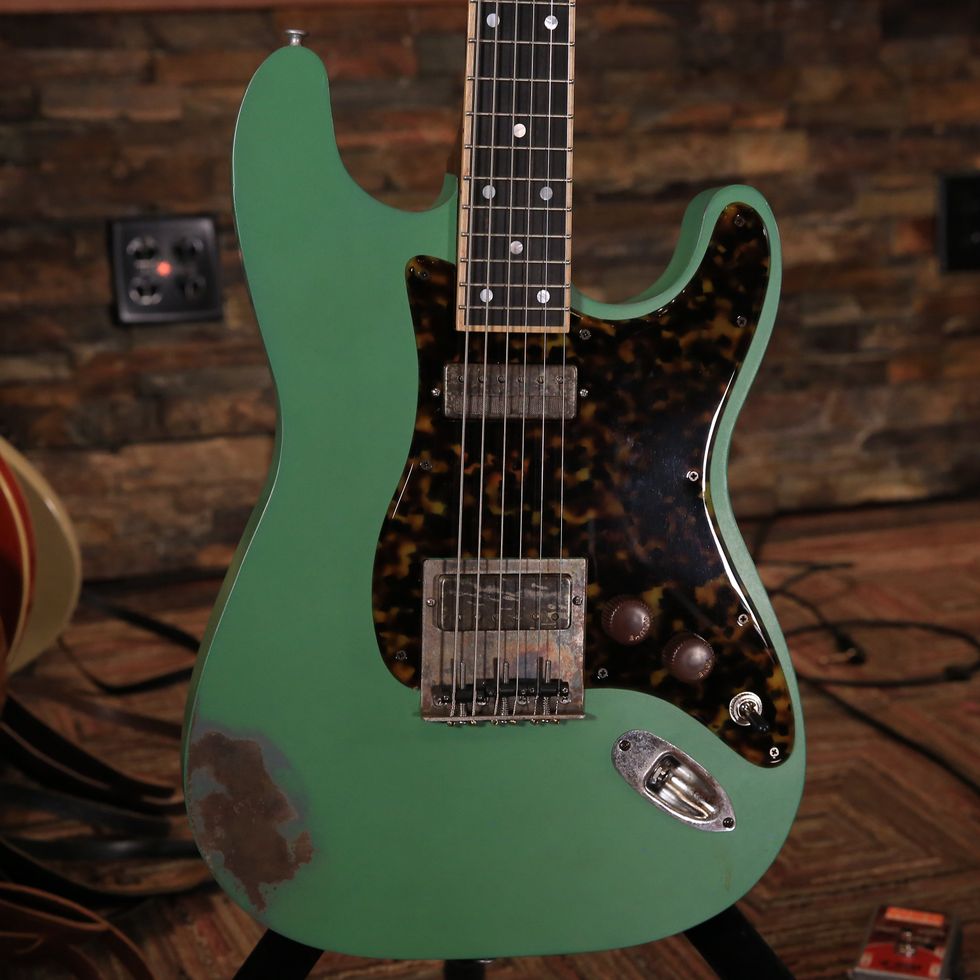
This metal baritone by Mule Resophonic Guitars made its way into Luke Combs’ song “Ain’t No Love in Oklahoma,” for this summer’s blockbuster movie Twisters. For this and other guitars, McNelley uses Dunlop Ultex picks—.88mm for leads, .73mm for rhythm.
Old Man, Look at My Life
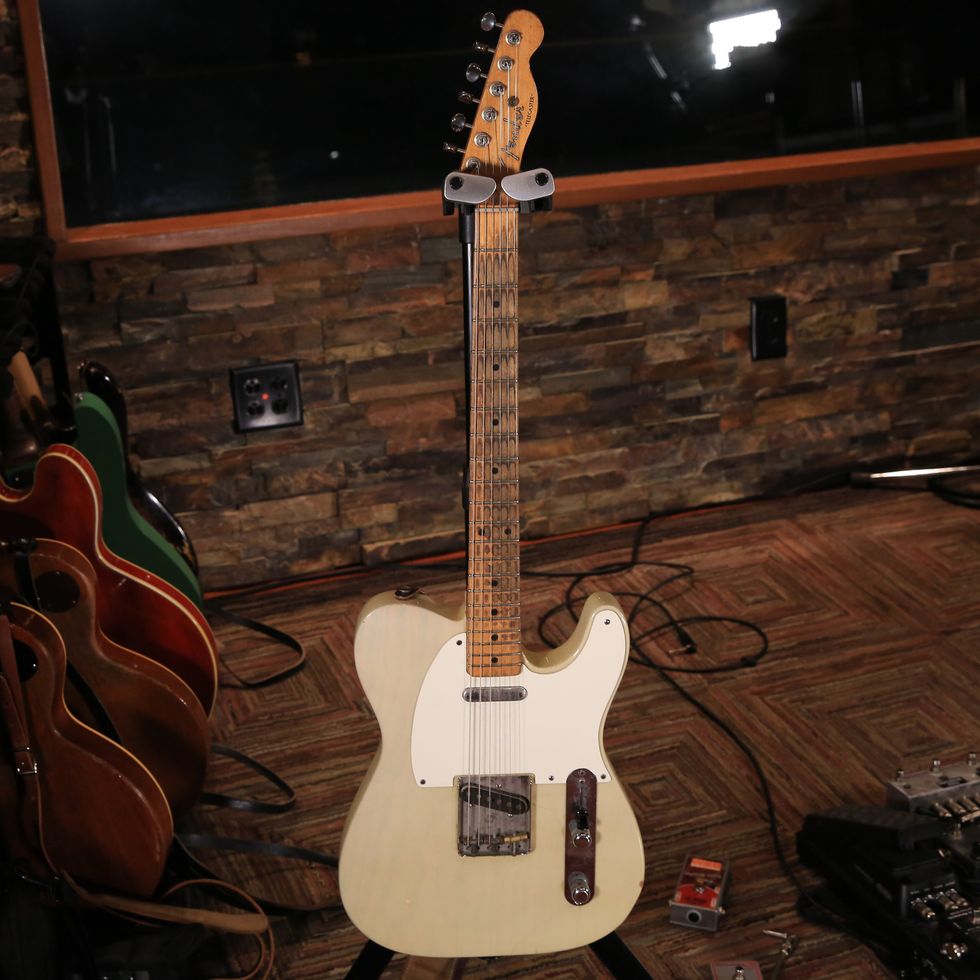
McNelley’s father, a guitarist himself, bought this Telecaster at Gruhn Guitars in 1981 while working on some records in Nashville. When a young McNelley saw it, he was enamored—but the guitar disappeared, and when McNelley’s father passed, it wasn’t in his collection. Years later, McNelley discovered that the guitar was in the possession of Paul Worley, the producer of the records his dad was working on. McNelley met with him and said that if he ever wanted to sell it, McNelley wanted first dibs. A few months later, a mutual friend invited McNelley over. There was the guitar, in a brown tolex case, just as enchanting as it was years before—Worley wanted McNelley to have his dad’s old guitar. That was nearly 30 years ago.
Aside from a refinished body, this one is all-original, too.
Bought from Buk
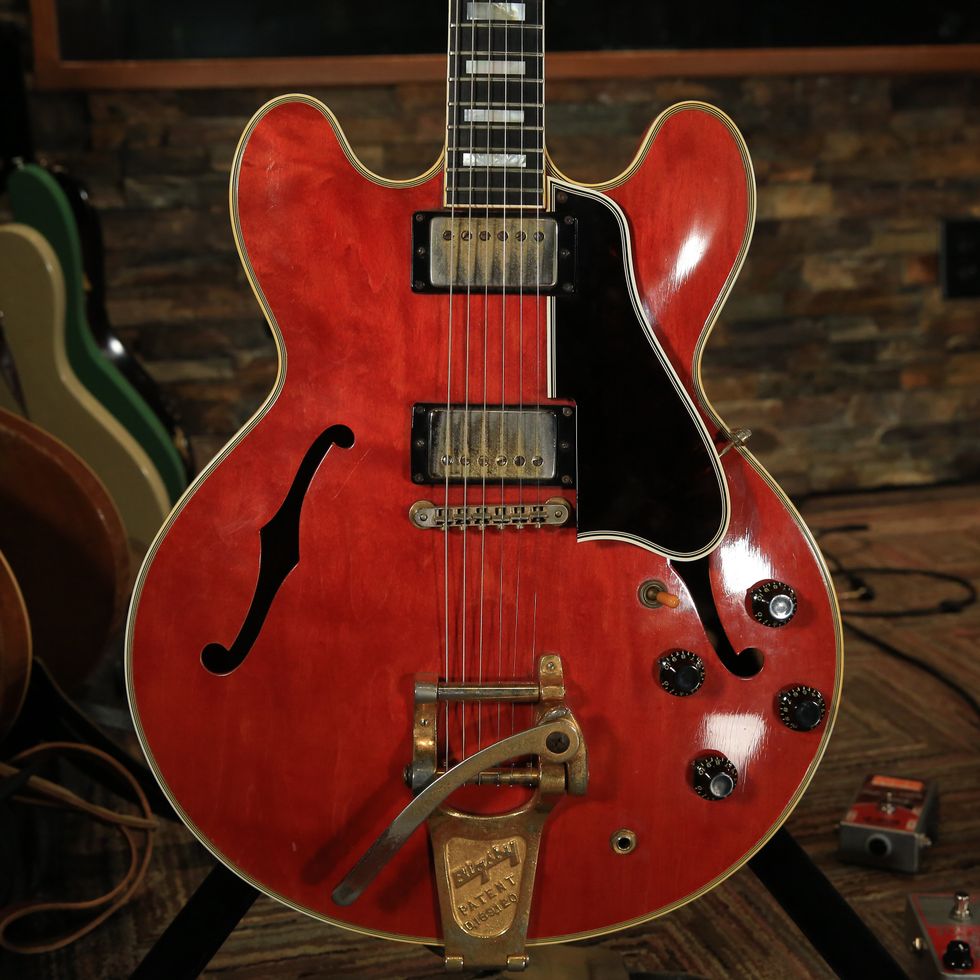
McNelley got this rare totally stock 1959 Gibson ES-355 Mono, complete with PAFs, from Tom Bukovac—one of many acquisitions from the player over the years.
Also in McNelley’s studio stable are a Gibson Rick Nielsen “Collector’s Choice” Les Paul with Tom Holmes pickups, and a rehabbed Silvertone acoustic. A friend of McNelley’s cleaned it up and installed a humbucker and rubber bridge—a popular Nashville trend these days. It takes flatwound strings.
Rob McNelley’s Studio Amps
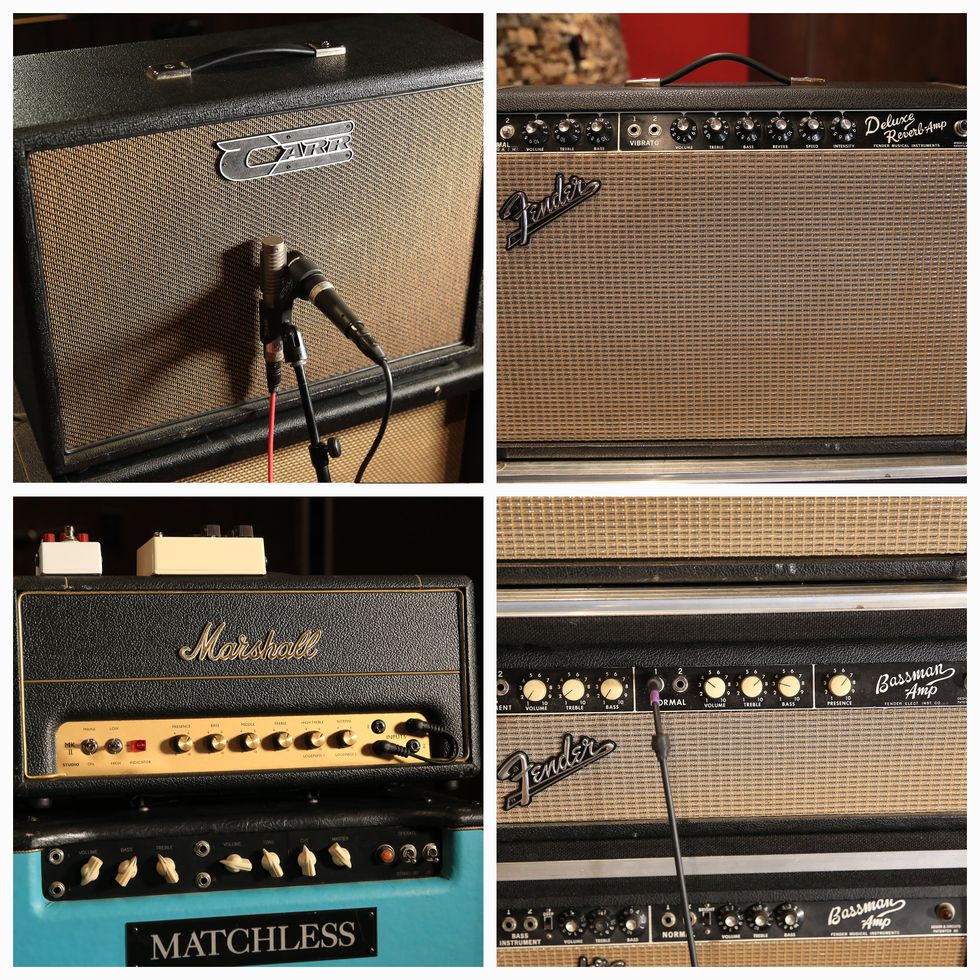
McNelley maintains a collection of amplifiers at Sound Stage, but his number-one is his 1965 Fender Deluxe Reverb, with a mod by tech Nick Rose at Jeff Hime’s shop to make it gainier—a trick Rick Nielsen allegedly did to his Deluxe Reverb.
A Hime-modded Marshall SV20H Studio Vintage MK II gets him big-stack tones in small recording rooms, and a pair of Fender Bassmans are on hand, too. The final piece is an early Matchless SC-30 combo, but all amps go through McNelley’s Carr cabinet—an open-back 112 with a Warehouse ET65 speaker.
McNelley likes to switch amps by hand rather than with a switching system; it gives him time to think about what he’s going to play next.
Apologies to Mr. O’Neal
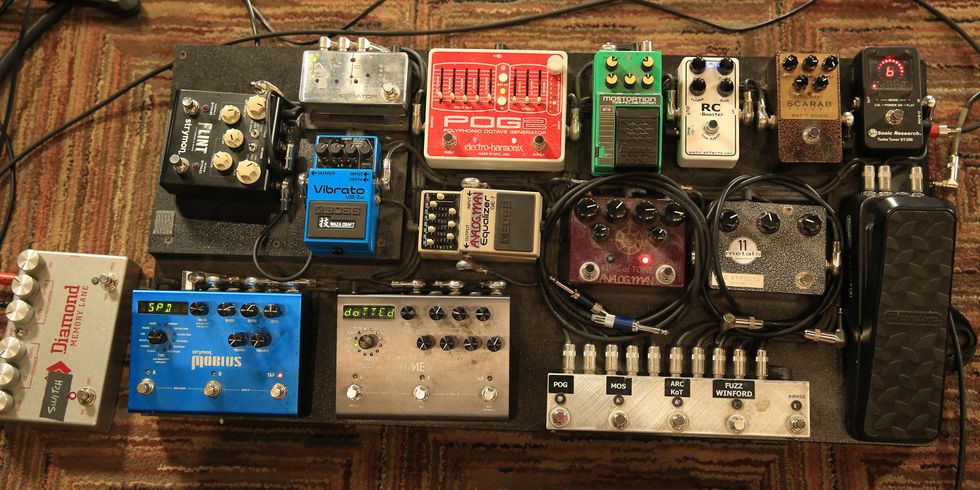
XTS built McNelley’s main board, but Rob has made a few adjustments as pedals have conked out, so it’s not as seamless as it once was—don’t be mad, Barry! McNelley’s guitar hits a Sonic Research Turbo Tuner ST-200 before going into Basic Audio Scarab Deluxe, Xotic RC Booster, Ibanez MT10 Mostortion, ARC Effects Klone, Analog Man King of Tone, Electro-Harmonix POG2, Analog Man Boss GE-7/Pro, Boss VB-2w, Strymon TimeLine, Strymon Mobius, Strymon Flint, and a Mission Engineering Expressionator. A Diamond Memory Lane sits just off the board, and other goodies out of sight include a BSM RW-F Treble Booster, FXengineering RAF Mirage Compressor, and Analog Man Sun Bender MK IV.
Shop Rob McNelley's Rig

1953 Gibson Les Paul goldtop
1955 Fender Telecaster
1963 Fender Stratocaster
Mule Resophonic Guitars Mulecaster
Gibson Rick Nielsen “Collector’s Choice” Les Paul
FX engineering RAF Mirage Compressor
Diamond Memory Lane
Strymon Mobius
Strymon TimeLine
Analog Man King of Tone
Boss VB-2w
Strymon Flint
Mission Engineering Expressionator
EHX POG2
Ibanez MT10 Mostortion
Xotic Effects RC Booster
Basic Audio Scarab Deluxe
Dunlop Volume X pedal
ARC Effects Klone
Apollo Approved Audio Devices Sawdust
AmpRx BrownBox
Fender Bassman
Marshall SV20H MK II
Fender Deluxe Reverb
Warehouse ET 65 speakers




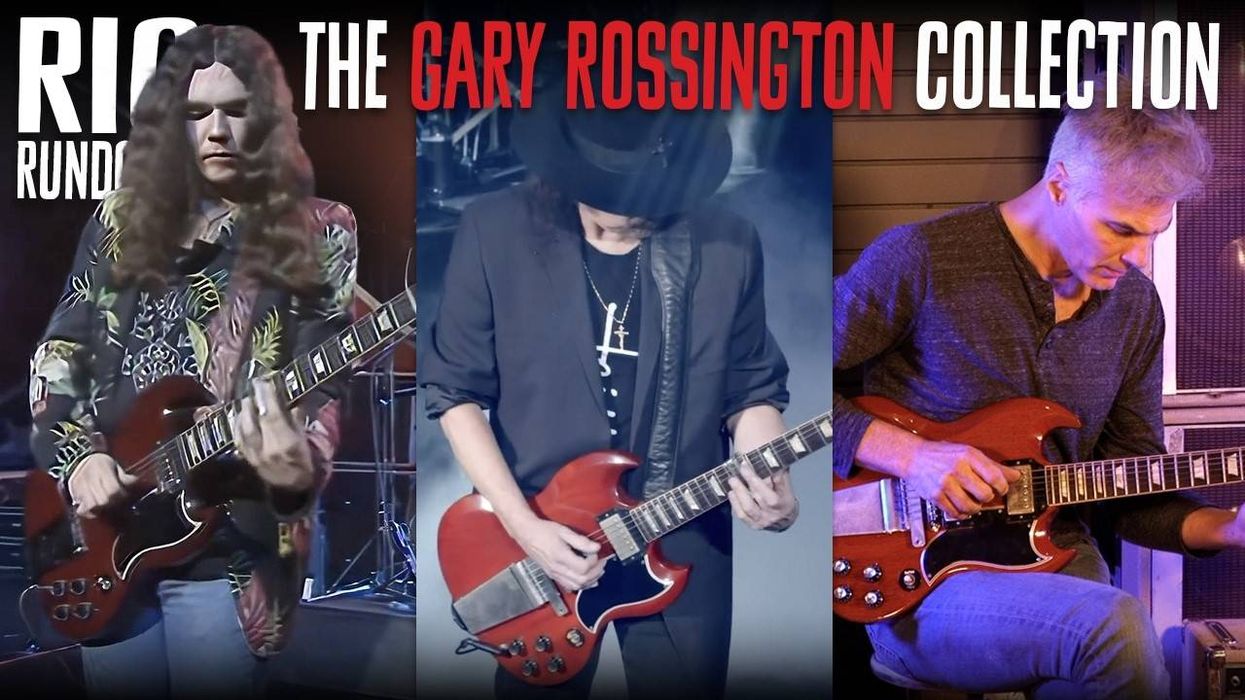
![Rig Rundown: Russian Circles’ Mike Sullivan [2025]](https://www.premierguitar.com/media-library/youtube.jpg?id=62303631&width=1245&height=700&quality=70&coordinates=0%2C0%2C0%2C0)



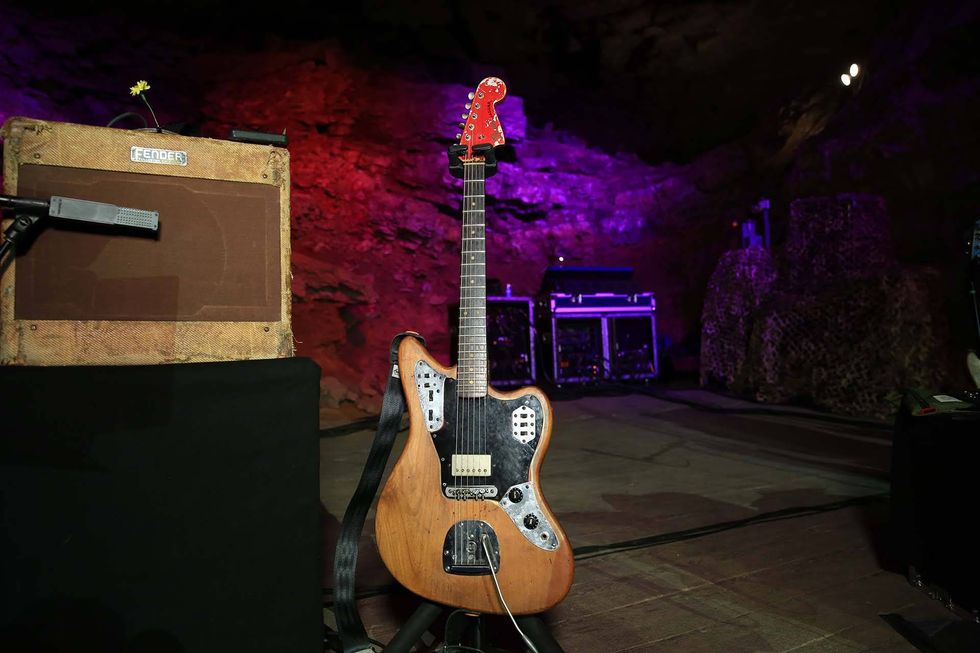
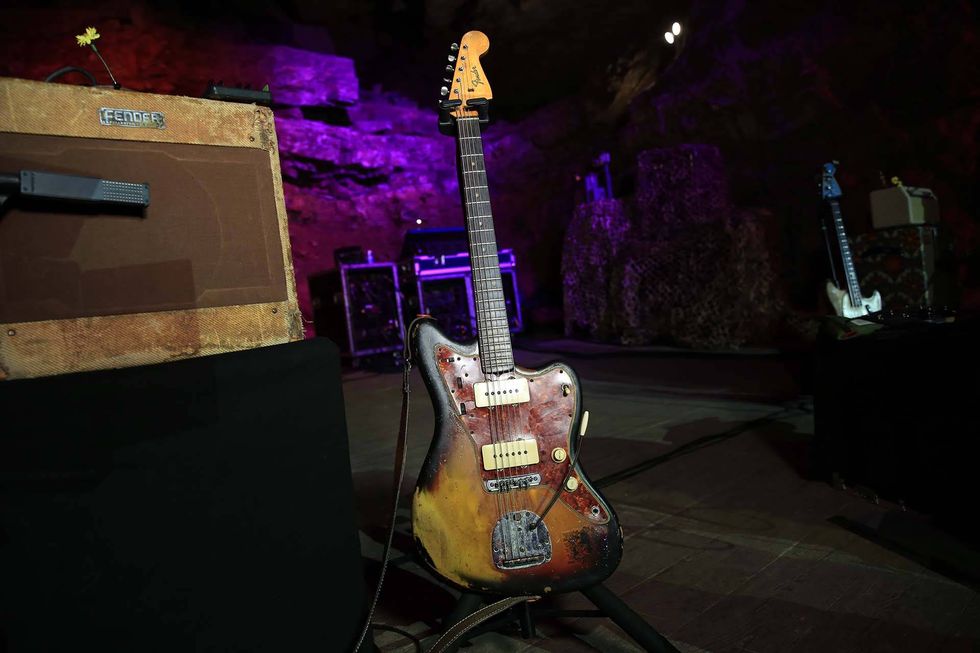
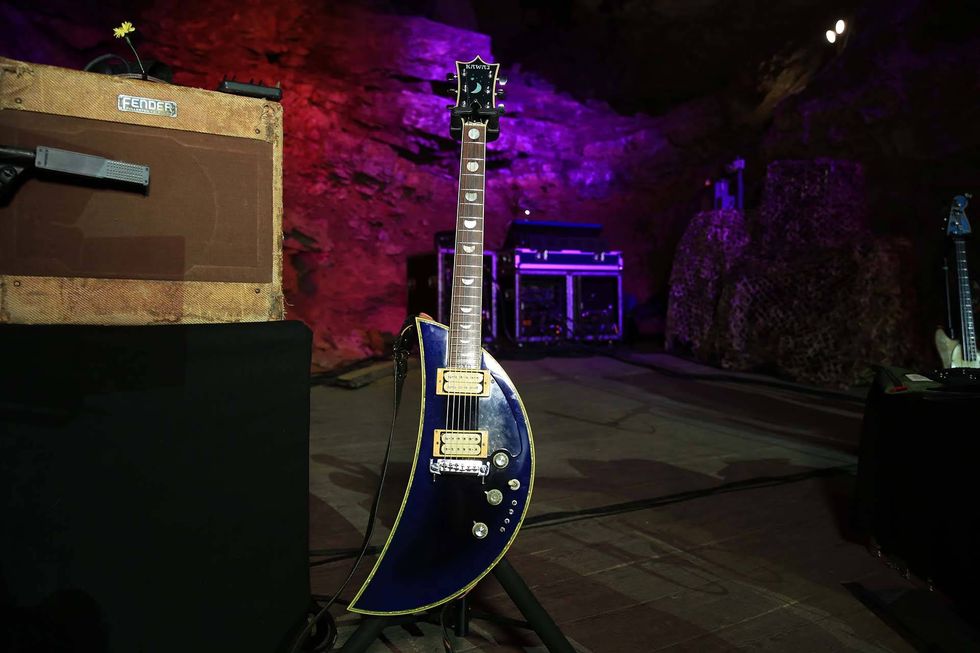
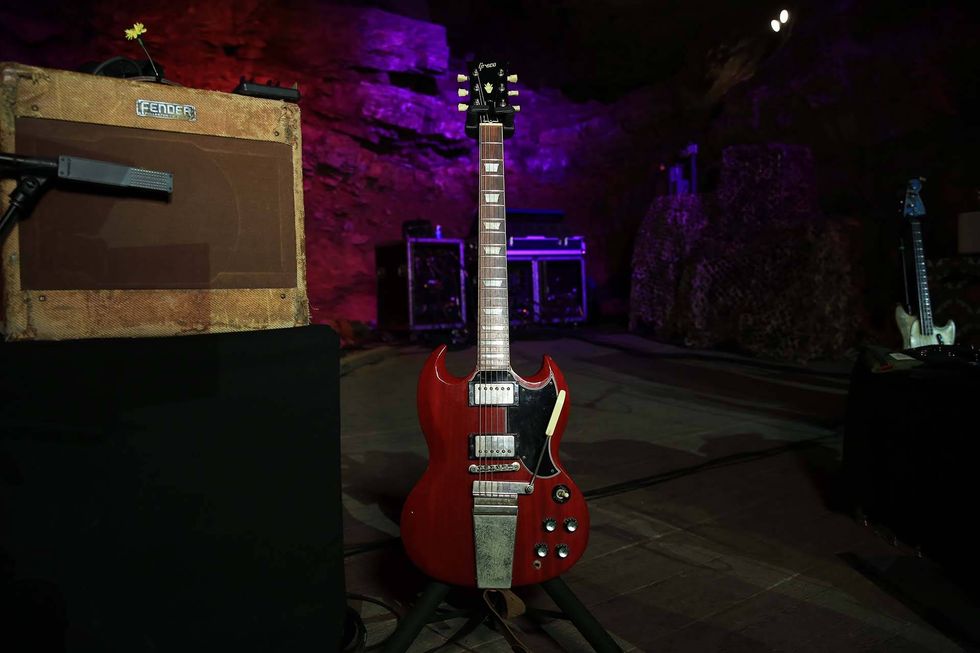
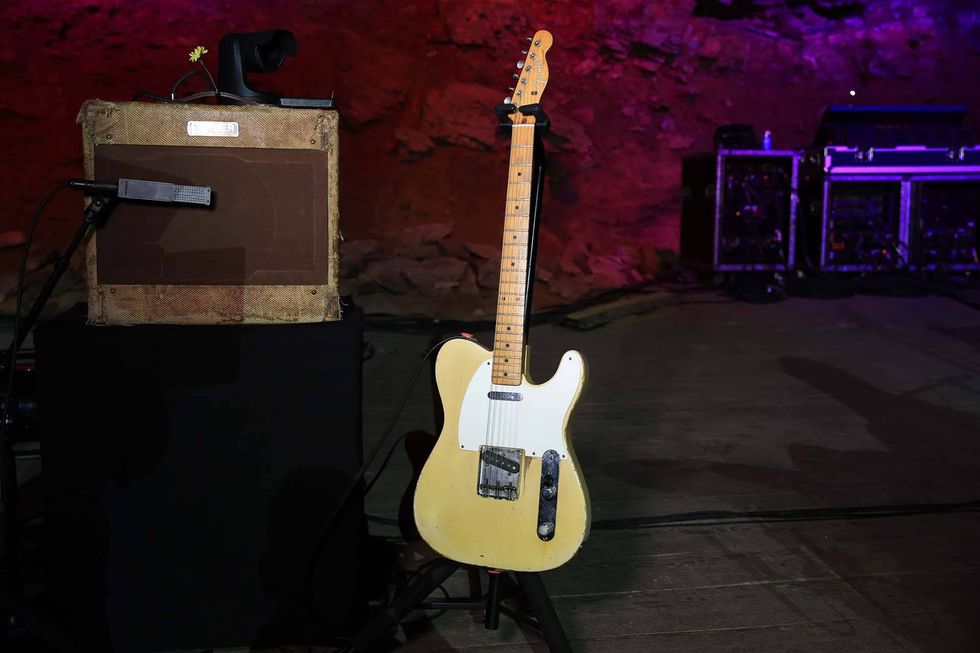
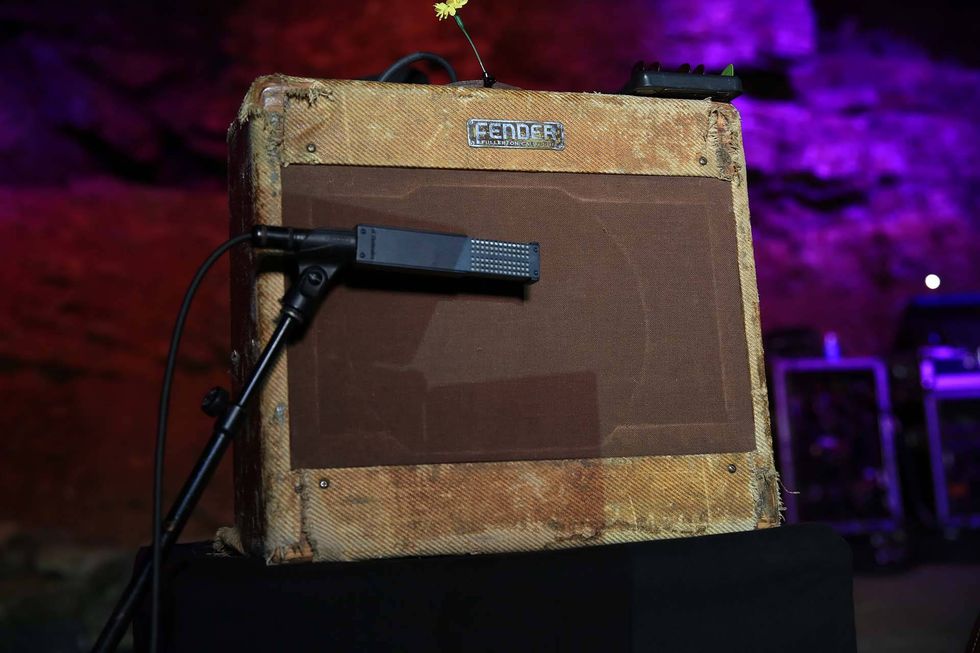
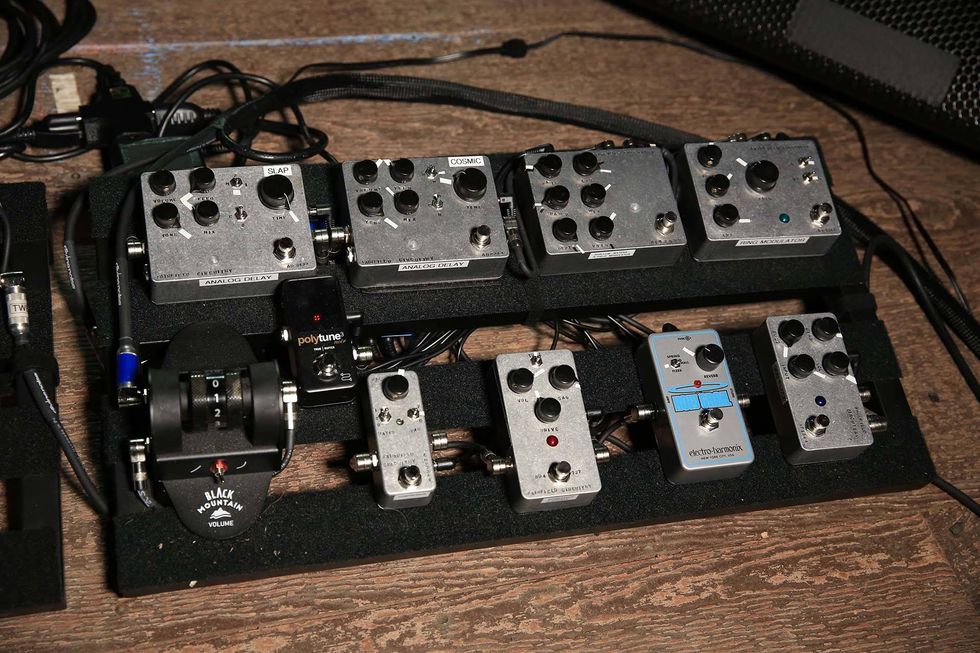
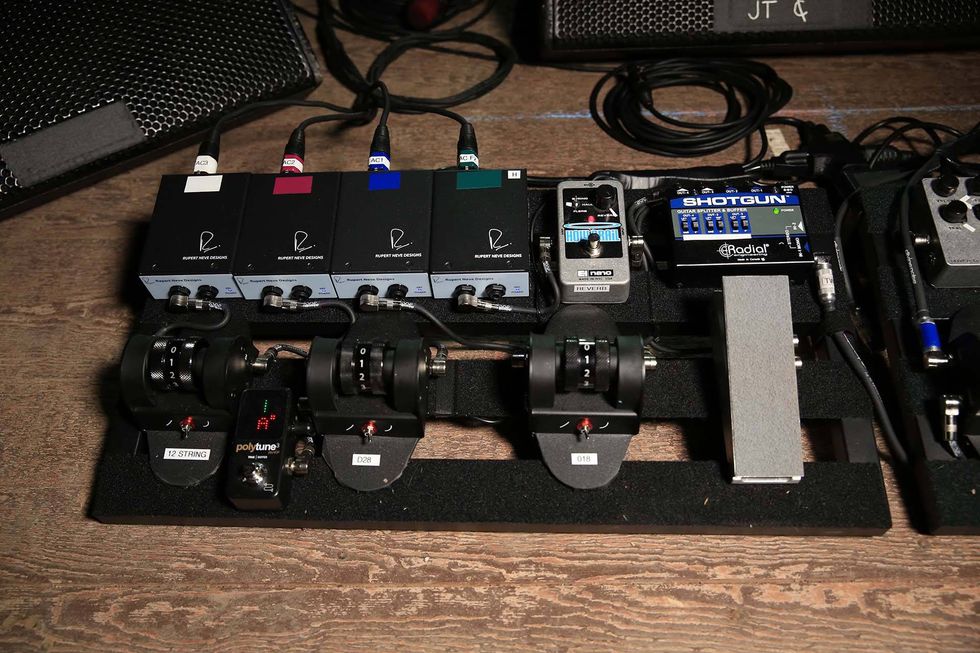






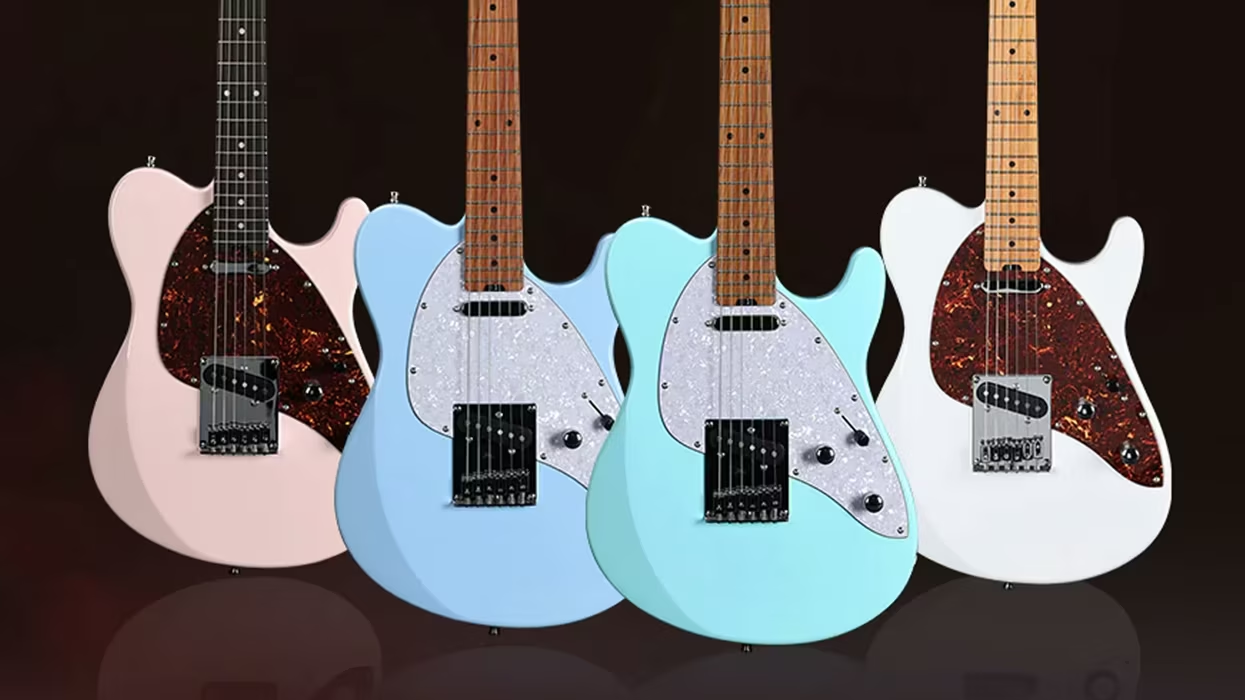

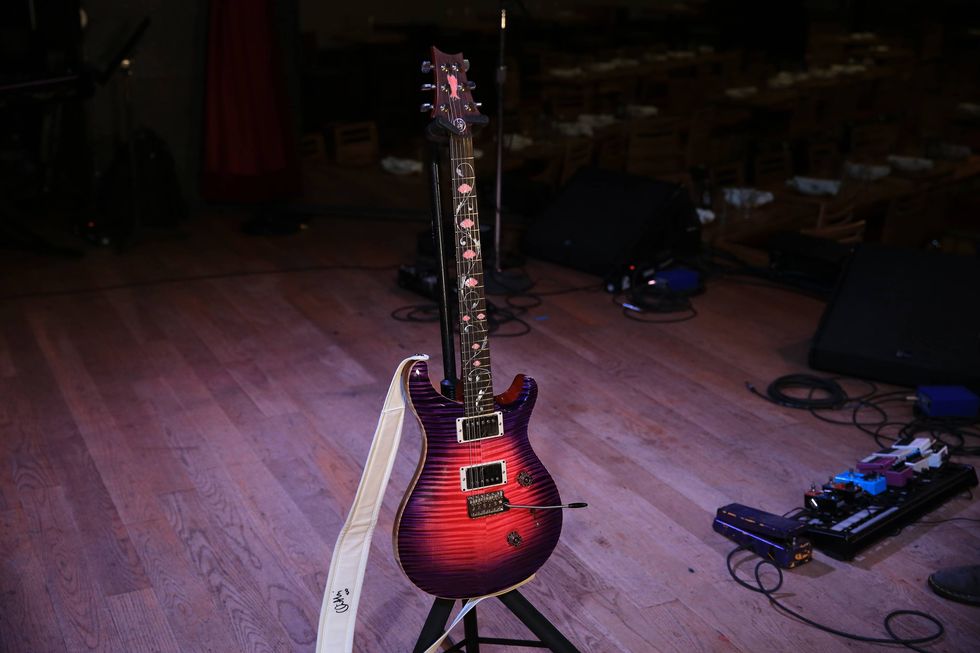
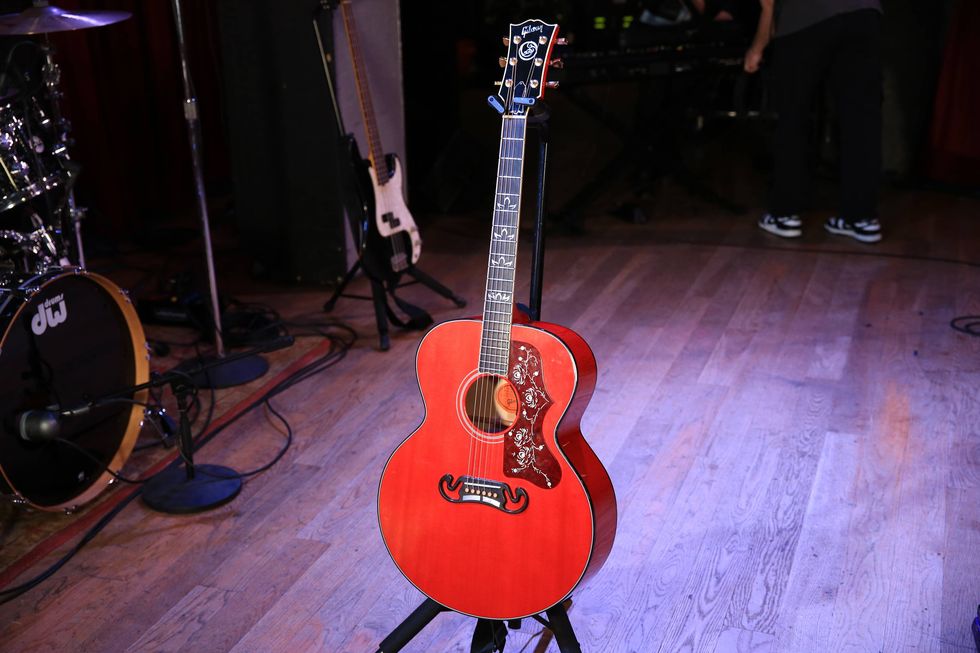
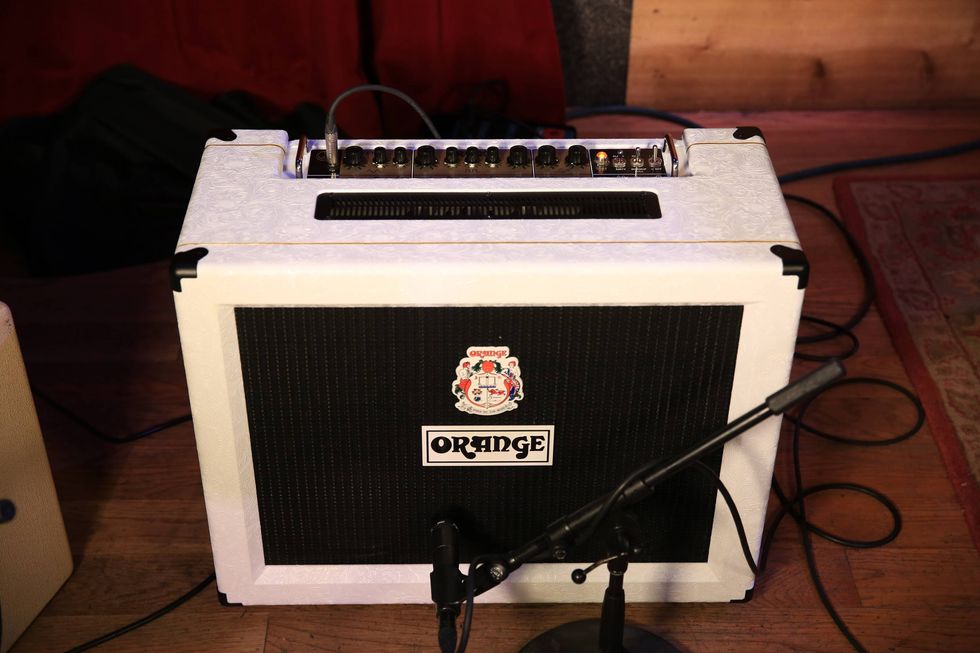
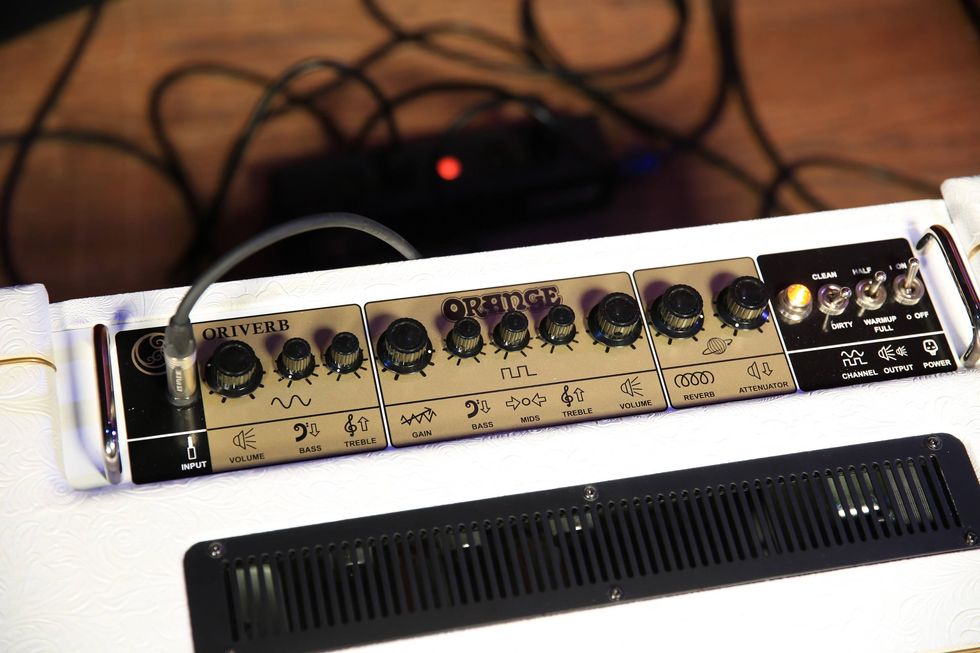
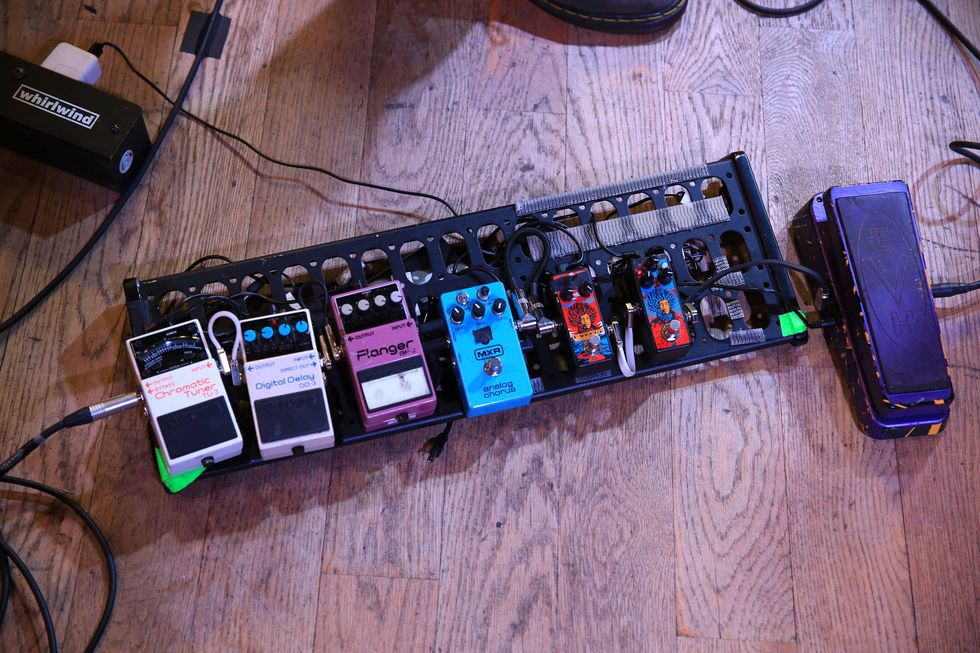

![Rig Rundown: AFI [2025]](https://www.premierguitar.com/media-library/youtube.jpg?id=62064741&width=1245&height=700&quality=70&coordinates=0%2C0%2C0%2C0)




















 Zach loves his Sovtek Mig 60 head, which he plays through a cab he built himself at a pipe-organ shop in Denver. Every glue joint is lined with thin leather for maximum air tightness, and it’s stocked with Celestion G12M Greenback speakers.
Zach loves his Sovtek Mig 60 head, which he plays through a cab he built himself at a pipe-organ shop in Denver. Every glue joint is lined with thin leather for maximum air tightness, and it’s stocked with Celestion G12M Greenback speakers.








